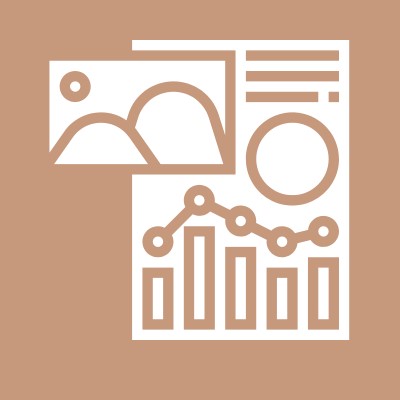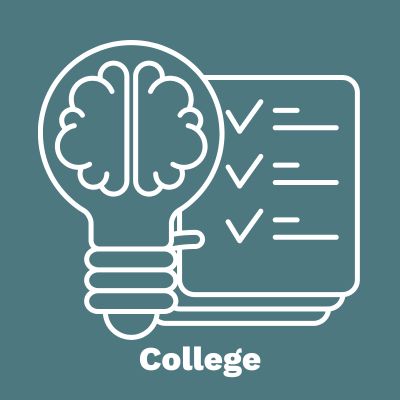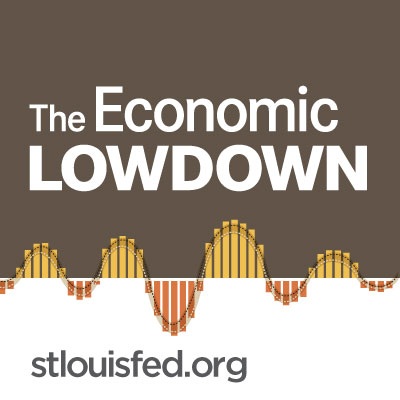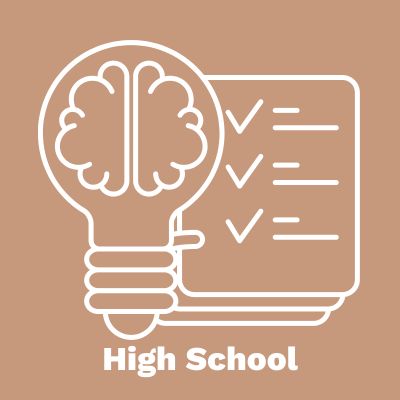Long-Run Equilibrium
Introduce the aggregate demand / aggregate supply model.
{{searchResultSnippet}}
 Back to All
Back to All

This video assignment introduces the benefits and costs of international trade that affect both consumers and producers when there is a positive demand shock.
Positive demand shock.
Have you ever exceeded expectations or perhaps someone has called you an overachiever? Using economic terms, maybe you were experiencing a positive shock. Let's see what an overachieving economy looks like. Now let's imagine a scenario where economic expectations have changed and the confidence of businesses has increased. Businesses have become more optimistic about the economy and future business conditions. They predict the opportunity for higher profits in the future. Because of their expectations, firms will likely respond by increasing their investment spending on capital goods. This increase in investment spending will cause an increase in aggregate demand, therefore the aggregate demand curve will shift to the right. This is an example of a positive demand shock.
Let's look at the short run and long run adjustments in two steps. Let's start with step one. The short run adjustment to a positive economic shock.
Short-Run Adjustment
Notice that the shift to point B has moved the economy away from long run equilibrium once again. The movement to point B in this case shows that the price level and economic output have increased. Notice that the rightward shift of the aggregate demand curve pulls the price level up. This is the result of too much money chasing too few goods.
Also known as demand pull inflation. The aggregate demand curve for goods and services is increasing at a faster rate than potential output. Looking at the x axis on the graph, current output of 17.3 trillion dollars is higher than potential output of 17 trillion dollars. In this case, the gap between actual output and potential output is called an inflationary gap. Let's move onto step two.
The long run adjustment to a positive economic shock.
The model predicts that after an initial shock, an economy will shift back to its long run potential. The model suggests that output can be higher than its potential in the short run.
But this is not sustainable in the long run because producing more output requires additional scarce resources like labor. This means that the unemployment rate is likely very low
and employers are finding it challenging to find new workers. Soon, firms may find themselves offering higher nominal wages and more generous benefits to lure employees from other firms. Notice that the changes in the price of labor lag behind other costs in the short run. Some would say they are sticky. But at this point in the long run, the price of labor becomes flexible.
Long-Run Adjustment
This same situation might apply to other inputs as well. As the cost of doing business increases, the short run aggregate supply curve will shift to the left, moving back towards its long run equilibrium. This is represented in point C. Notice that output has once again settled at potential input, at the long run aggregate supply curve. But at a higher price level. Which means the economy has experienced an additional inflation in the long run adjustment phase. This model helps explain the self-correcting nature of an economy. Economies fluctuate in the short run in response to shocks, but they tend to correct in the long run, moving back toward the long run potential.

Long-Run Equilibrium
Introduce the aggregate demand / aggregate supply model.

Economic Systems
Contrast market and command economies.

Life Expectancy at Birth and Net Migration by Nation
Learn about the relationship between educational attainment and employment.

Econ Lowdown Podcast Series
21 Economics audio assignments for your classroom

Jargon Alert: Leading Indicators
Learn about leading economic indicators and their use in forecasting the economy.

AP Micro Entrance & Exit Tickets
Quickly introduce AP Micro content and provide immediate feedback.
{{resourceTitle}}
{{resourceBlurb}}